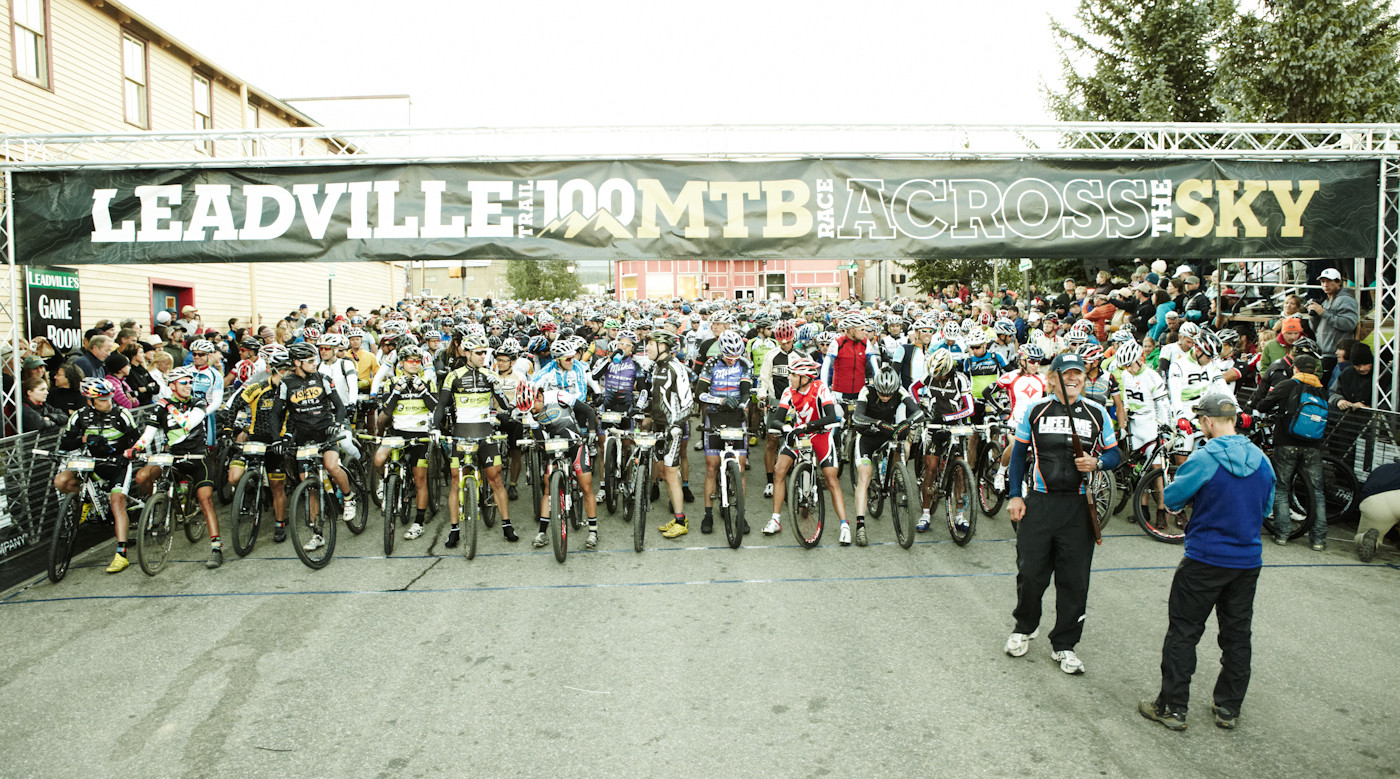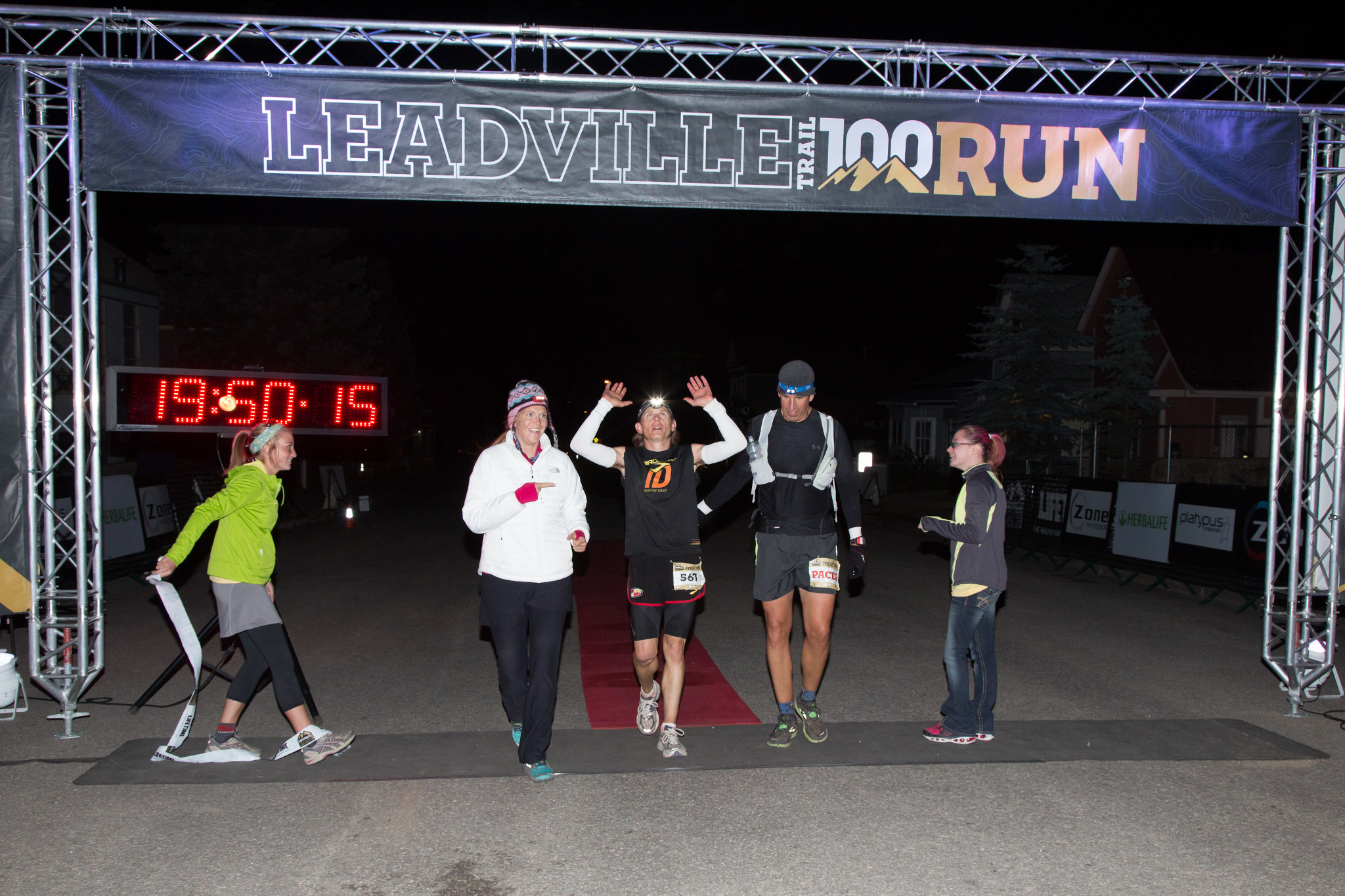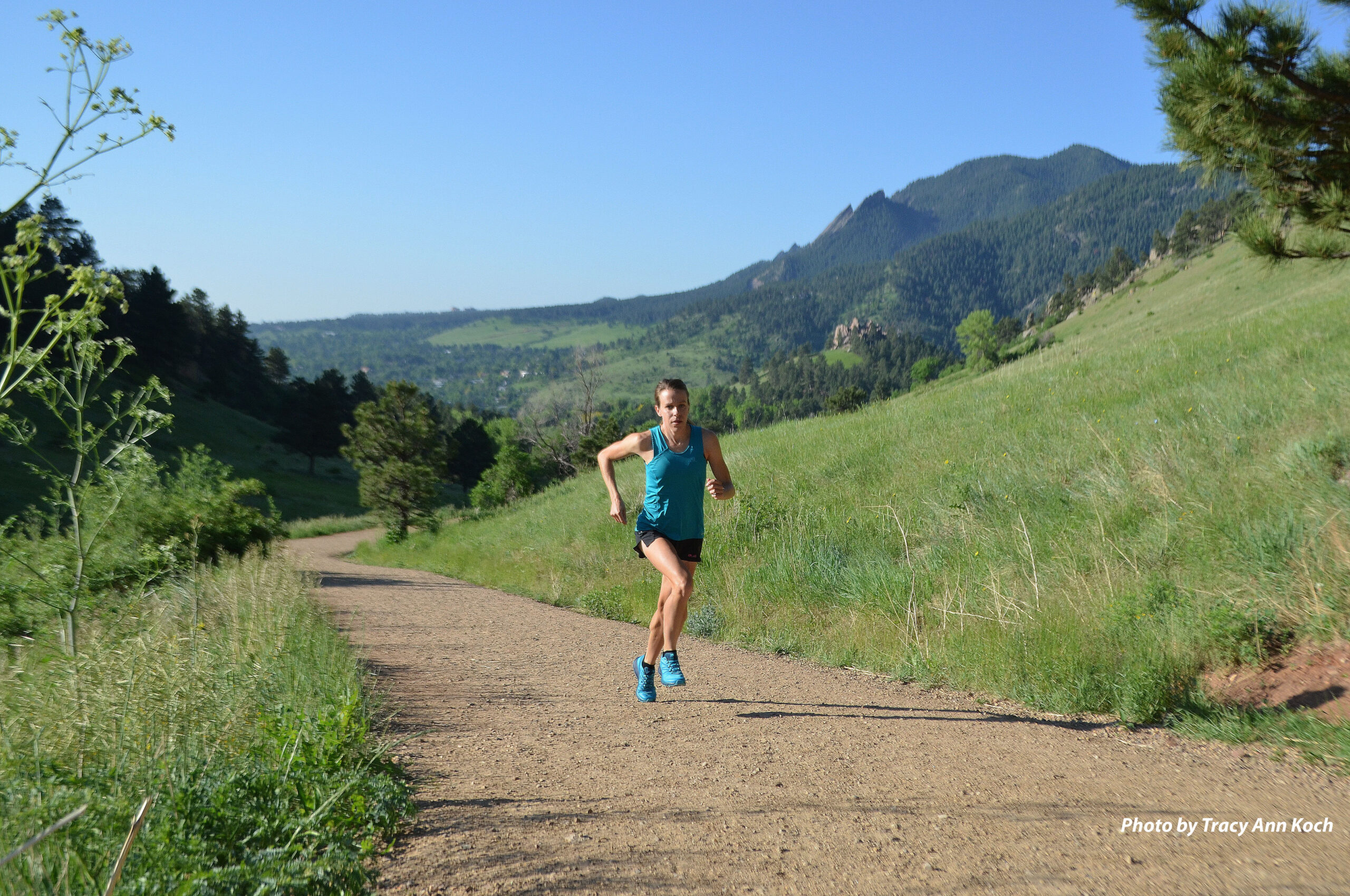You Are Here – Advice from Leadville Trail 100 Veterans
Whether it’s your first time in Leadville or you’ve set out on these trails previously, 2013 brings a brand-new 100-mile journey at 10,000-plus feet. To send you on your way, we’ve rounded up a few words of wisdom from those who have gone before (and who keep coming back for more).
“The LT100 is a tough race. Altitude, trails, weather, and Hope Pass — twice! That said, I think the hardest thing for first-timers is to stay controlled during the first 40 miles of the race. Relatively speaking, the first 40 miles are flat, fast and very runnable. I would highly encourage all runners, but especially first-timers, to scale back their pace substantially between the start line and Twin Lakes 40. I’ve seen so many folks destroy their legs running this ‘easy’ terrain too fast. You want to remain controlled through mile 40, then hit the double-crossing of Hope Pass, and then the race begins at Twin Lakes 60! You’ll want to have running legs for all that runnable terrain from mile 63 to 78. Beyond that advice? Just know it will hurt. A lot. Get your mind wrapped around that and you will succeed.”
—Duncan Callahan, two-time LT100 Run champion
“My one piece of advice would be to run your own race, take care of yourself with regards to nutrition/hydration and try to enjoy it!”
—Tina Lewis, 2013 LT100 Run female champion
“I have a simple mantra that I use for ultra events: ‘Stay dialed in. Stick to the task at hand. Put one foot in front of the other.’ It’s important to stay dialed into what you are doing and what you need to do in order to finish the race. Hydration and nutrition are super-critical to stay ahead of. Stay focused on your goals, and don’t worry about what others are doing. Be prepared for all types of weather conditions. Familiarize yourself with the course and spend time on the difficult parts. Mentally have the race whipped before you get out on it on race day. Whether running or biking, keep moving and don’t spend time at the aid stations. If you keep moving, you will usually work out any aches or pains that arise during the race…and they will arise.”
—Chris Lloyd, Leadman
“Embrace the pain. Know that it’s going to be there and have a plan for getting through it. Make sure you stop at some point and look around. It’s hard to comprehend how beautiful the scenery and situation truly are. Be nice to your crew. For many, it’s harder on them than it is on us. And most important, have fun! Sounds cliché, but you don’t want to regret missing out on the experience.”
—Mike Lamond, two-time Leadman
“Although it may sound a bit cliché, the best piece of advice I can offer anyone attempting Leadville for the first time (especially if it is his or her first 100, as it was for me) is that no matter how bad you feel in any one moment, do NOT give up. The altitude and the course can wreak havoc on your body and the best race plans. Odds are, there will be times when you will feel really, really bad, but I have experienced and witnessed amazing comebacks. Keep your head together and stay focused on the singular goal of moving forward. You CAN finish. And of course, don’t go out too fast. I did and I paid the price with a slow and painful slog between miles 60 and 87 before coming back to life at May Queen. Many say the race starts when you get back to Twin Lakes at mile 60 and I agree. Try to get back there feeling as good as you can, put on some fresh socks and shoes and then go get that buckle. I promise, it is worth it.”
—Emily Booth, two-time LT100 Run finisher
“The LT100 course took me by surprise despite preparing for race day. The experience that I was going to encounter on course was not what I had planned. I was fit and prepared with a solid nutrition plan and crew. I had never raced a hundred-mile race at such a consistently high altitude, so for me how my body would react to elevation was the unknown. In retrospect I know it is important to take into account that running at and above 10,000 feet is not the same as running at sea level. For me eating, drinking and even running took more thought and energy. I think the key is to listen to your body and slow your pace, and your patience will ultimately pay off. Good luck and remember to stop and check out the views.”
—Aliza Lapierre, one-time LT100 Run finisher
“I’ve started 11 Leadville Trail 100 Runs and completed seven. The reason for each of the four DNFs is different. Consequently, my number one bit of advice is to maintain a strong, but flexible, mental outlook that will allow adjustment of one’s actions in the race to suit whatever condition may arise. Further explanation: there is a low probability that one can predict accurately which variable may arise as a potential showstopper. But we can predict pretty accurately that one or more things will arise. Therefore, flexibility to work around whatever happens is essential. Being prepared mentally to run with sore feet, upset stomach, cramps, cuts, bruises, cold, wet — you name it — will pay dividends.”
—Jeff Stevenson, seven-time LT100 Run finisher
“I have attempted the Leadville Trail 100 two times and I have not finished it yet (I will this year). My number one piece of advice for someone attempting the LT100 for the first time is to eat. If you are going to be running/walking for 20 to 30 hours your body needs fuel. Have a tentative plan of what you want to eat at every aid station and try to stick to it for as long as possible. I have been able to improve my finishing times by stopping at aid stations for two minutes to eat some real food, like fruit or soups. I struggle to eat gels or bars after a few hours of running. I have found that walking while eating gels/bars helps me take them in. Start eating/fueling before the race and try to stay on top of your nutrition all the time. Practice your nutrition during long runs so you know what you can eat when you are really tired.”
—Marco Peinado, 3rd at 2013 Silver Rush 50 Run
“Don’t get too discouraged or demoralized when you’re climbing the back side of Hope Pass after the runaround and you basically feel like death. Everyone feels slow and exhausted on that steep part of the climb. Don’t get ahead of yourself and start worrying about splits, or how much time you have left to get to wherever…Just take it easy and tell yourself you’ll feel so much better when you hit the top and get to see those cute llamas again!”
—Leila Degrave, two-time LT100 Run finisher



